
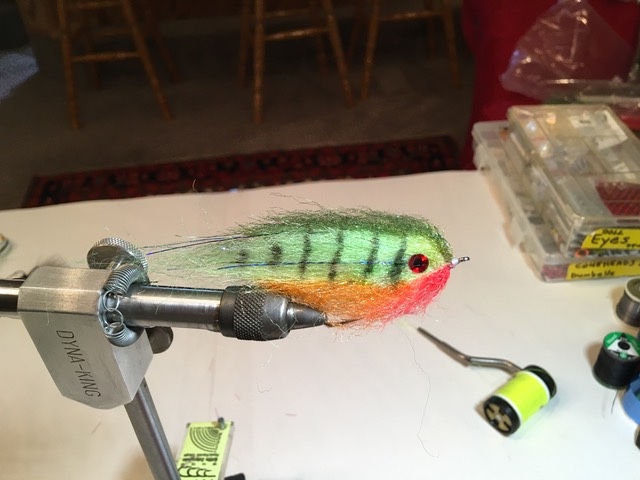
Photos courtesy the author.
Whether you now tie your own flies or would like to begin, winter in Illinois provides a great opportunity to do it. Here is why, and how, you can get started and make this a rewarding addition to your sport.
Like fishing, fly tying is not something to be done to save money, or even less, to make money. Fly tyers tie flies for the pleasure of the process. The creative application of feathers, fur or synthetics to a hook is art with practical application.
Why Tie Flies?
Tying is a way to stay engaged with your sport, yourself or new friends when fishing is tough.
You can tie indoors, out on a tailgate, on a boat seat…almost anywhere.
You can customize the flies to your fishing conditions and target fish species.
You will be much more willing to risk casting your flies where others (except the fish) fear to go.
You can pass your creations on to other fly fishers, and your skills to the next generation.
You can have all this fun into your later years.
Controlling the Hook
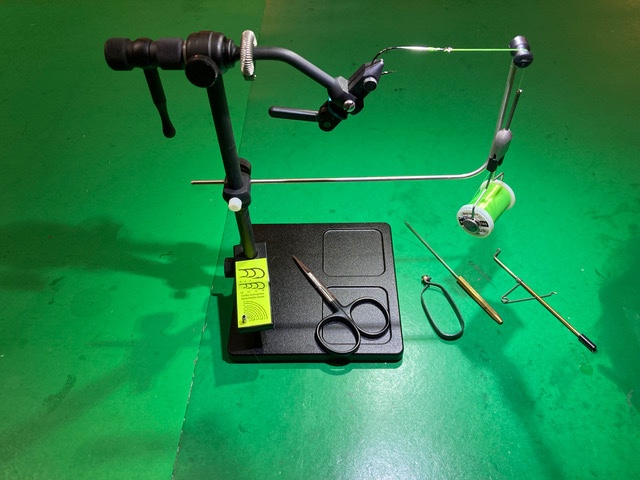
Since the materials are wrapped onto to the hook with thread, you must learn to control everything. That’s the big one. Everything else depends on it so learn to do it well from the beginning. There is much more to be learned, of course, which is one of the great attractions of fly tying — there is always something to be learned.
Learning to Tie
The best place is from someone who can tie…and teach. There are many little tricks they can pass along to rapidly advance your skills. Also, unlike books or videos, they can see your problems and correct them. As a bonus, you can see their techniques and tools and learn what you’ll need first. Fly shops have staff or “experts,” who can be a great help when selecting the gear to fit your needs. Don’t be afraid to give them a call or send a message.
Online videos are your next choice. Videos provide close-ups, varied angles, pauses, and reviews that even a live instructor can’t. They cannot, however, see what you are doing.
Books are quite limited no matter how good the text and photos are. Yet, once you know how to tie, books can be valuable assets.
What Tools and Materials Do You Need?
Admit it. This is the part you’ve been waiting for. It’s the part we all wait for.

Pick out a half dozen flies you would like to tie, do an online search for instructions on how to tie them, take note of the tools and materials you’ll need then buy those. Keep the flies simple, medium-sized (maybe on hook sizes 12 to 6) and materials inexpensive. Tie a bunch of each pattern of those few you’ve picked out to tie until they start to look agreeable and alike. Then move on to your next fly pattern.
Should You Buy a Kit?
Don’t buy a kit! Kit makers try, but they don’t know what you will be fishing for, where you will be fishing or the conditions you will be fishing in. To make the prices more attractive, kits generally compromise the quality of the tools and materials. Picture a stranger knowing nothing about you, selecting the right fly rod for you. You don’t want to pay for things you can’t use. You have a pretty good idea of what you need. Start by filling in the blanks for those preceding questions.
And if you should receive a gift kit, warmly thank the giver, and save the receipt.
Buy Just the Tools You Need to Get Started
For now, buy just the tools you need for those flies. They don’t have to be the best, but they should be quality.
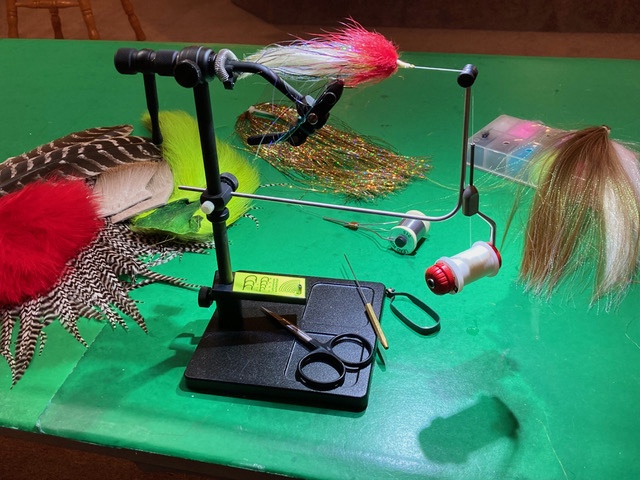
You will use your vise for every fly you tie. Don’t buy one of poor quality “to see if you like tying.” If you have a poor quality vise, you probably won’t, or you will be replacing it with another in short order. A quality vise will be your most expensive tool. It doesn’t have to be the most expensive model on the market, but it should be good quality. At a minimum your vise must hold a range hooks solidly, repeatedly and stably. A good vise can securely hold a wide range of hooks. Some quality vise manufacturers sell specific jaw separately that can hold larger or smaller hook sizes, and this quality will be reflected in the cost.
Good fly-tying scissors, are next. And they are essential. Good, all-purpose scissor can be purchased for around $20. The most useful have one blade with fine serrations and the other has a sharp, smooth edge.
Other basic tools can be quite inexpensive. These would include a couple of bobbins to hold and apply thread, a bodkin to precisely glue and manipulate materials, hackle pliers to hold materials, a half-hitch tool to make knots, and perhaps a whip finisher to make neater knots. Other useful items you likely already have include a task light, a pair of old scissors or nail clipper to cut light wire, and plastic containers and zipper bags for storage.
The Author’s Personal Preferences
I have tied flies on many different vises. I could manage with one, but of course have retained probably more than I need. The common characteristics, beyond those noted above, of my favorites include pedestal bases, which allow me to use it on any flat surface, jaws capable of angle adjustment (not in a fixed position), and full rotation. Here, I should note that many vises have jaws that can be rotated, but fewer have “true rotary” action. The latter is a distinct advantage in accurately applying or removing materials to or from the hook. I spend the majority of my tying time on the true rotary vises. If I had to have just one vise, I, and most of the fly tyers I know, would choose that style. None of my vises have the sort of spring-loaded jaws some others have. It’s a personal preference.
Remember, while our fly casting and fly tying is not always perfect, the fish often don’t see to care.
Tom Yocom, fly casting instructor, guide and fly tying instructor who has fly fished for everything from bass to barracuda, from panfish to permit and trout to tarpon. His home waters are now the warm waters of Illinois, which he notes are different from Alaska’s or the Bahama’s. His two favorite things about fly fishing are “the grab,” when a fish hits the fly, and the moment “the lights come on” in his fly casting students’ eyes with their first good cast. A student in a Becoming an Outdoors-Woman illustrated this by exclaiming "I love this! It's like archery, but you don't have to chase the arrows!"






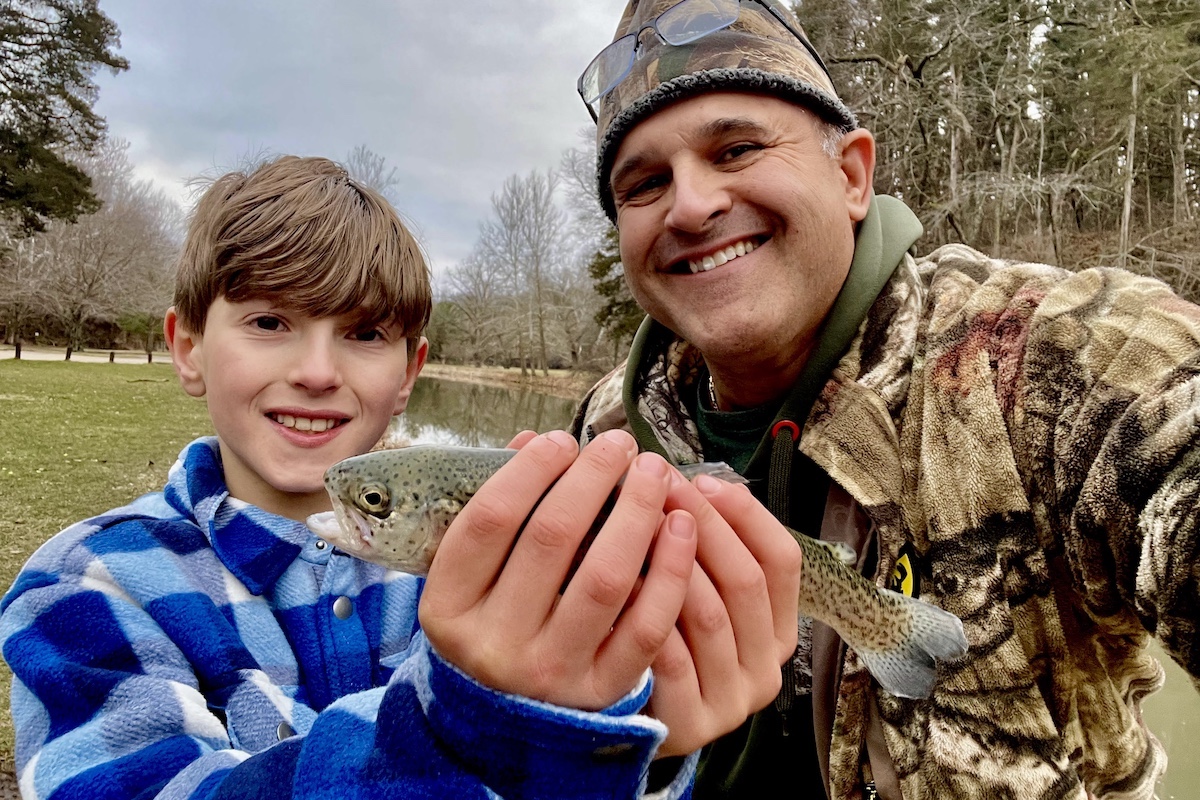


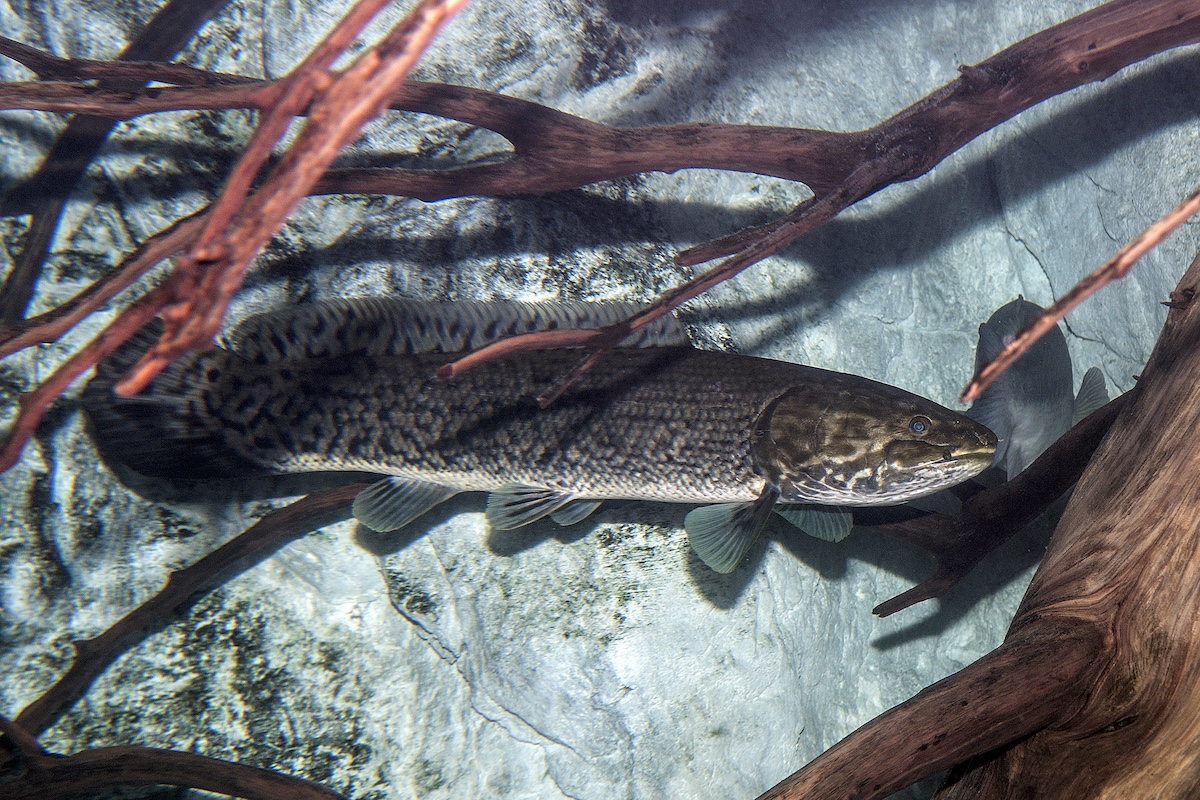
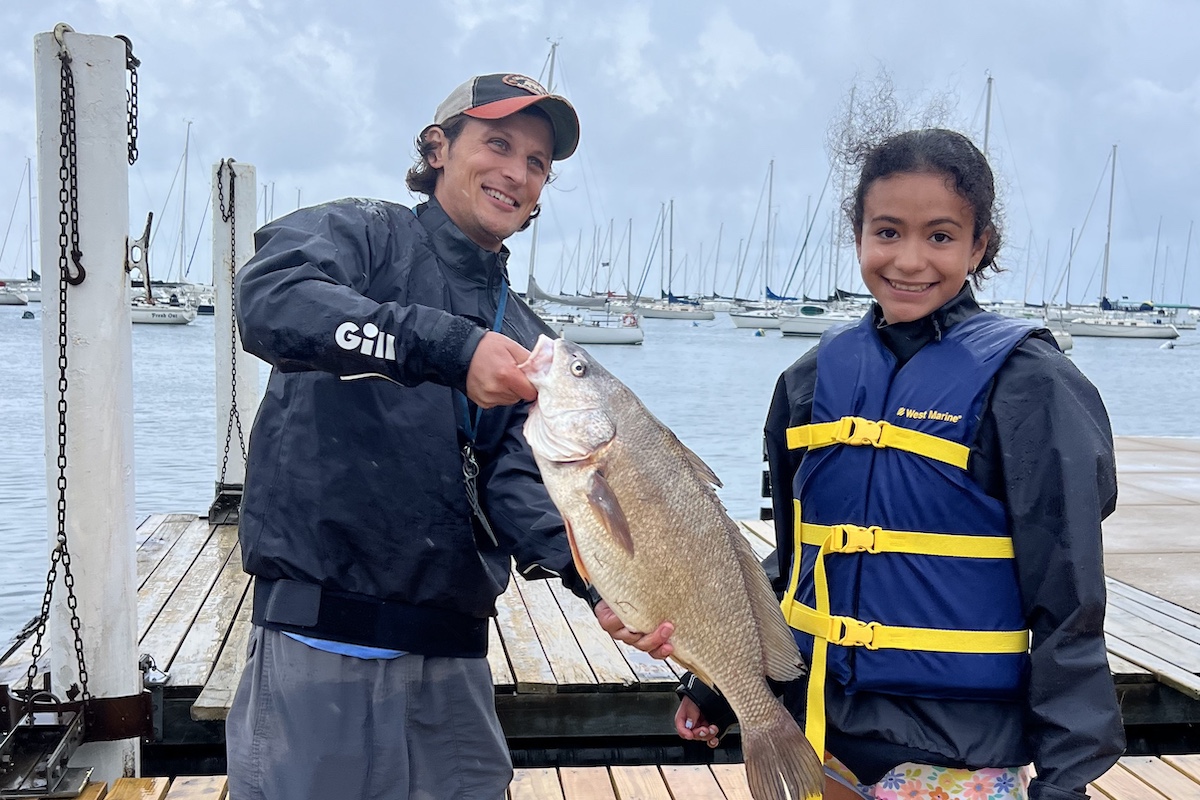
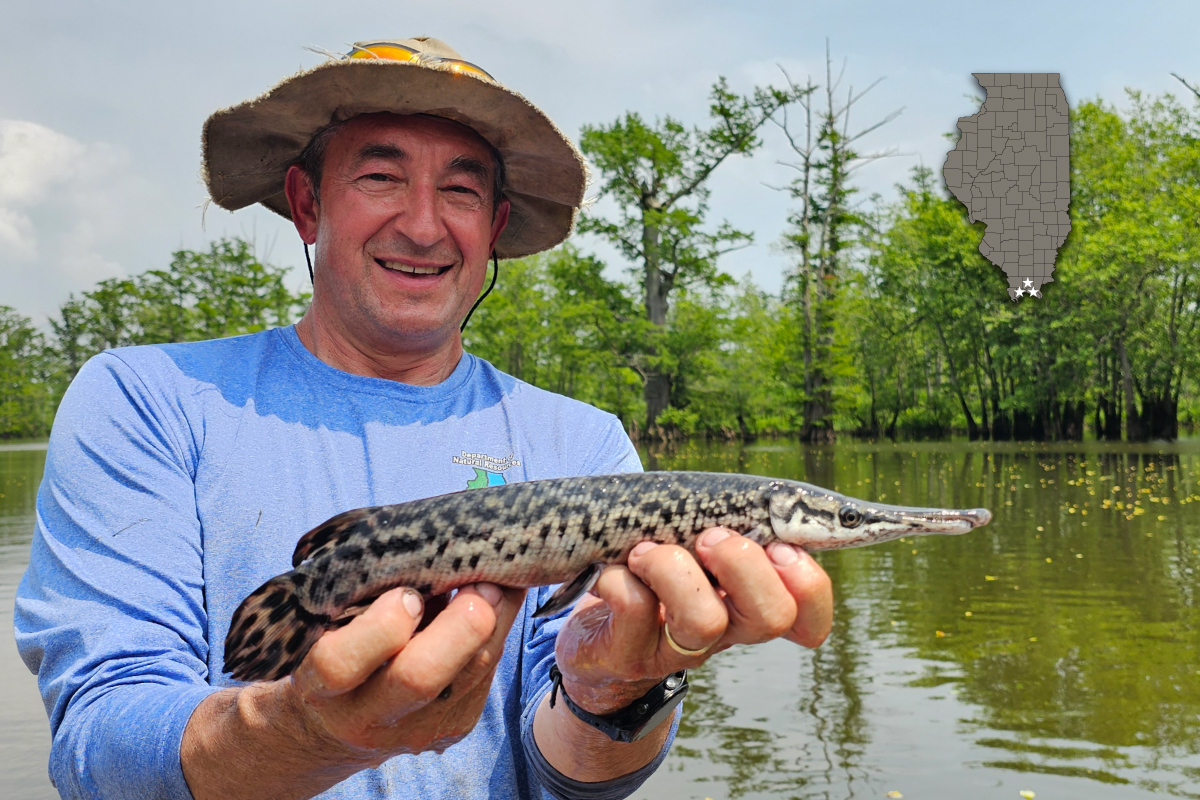
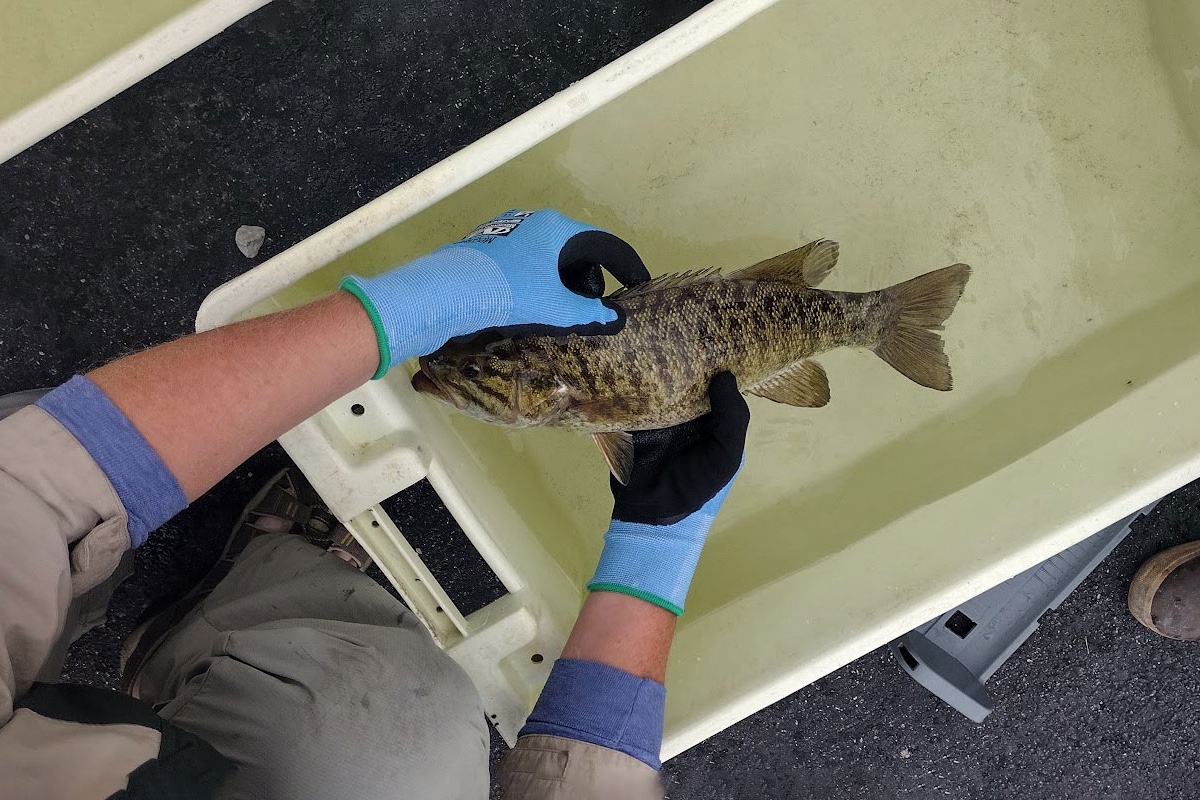
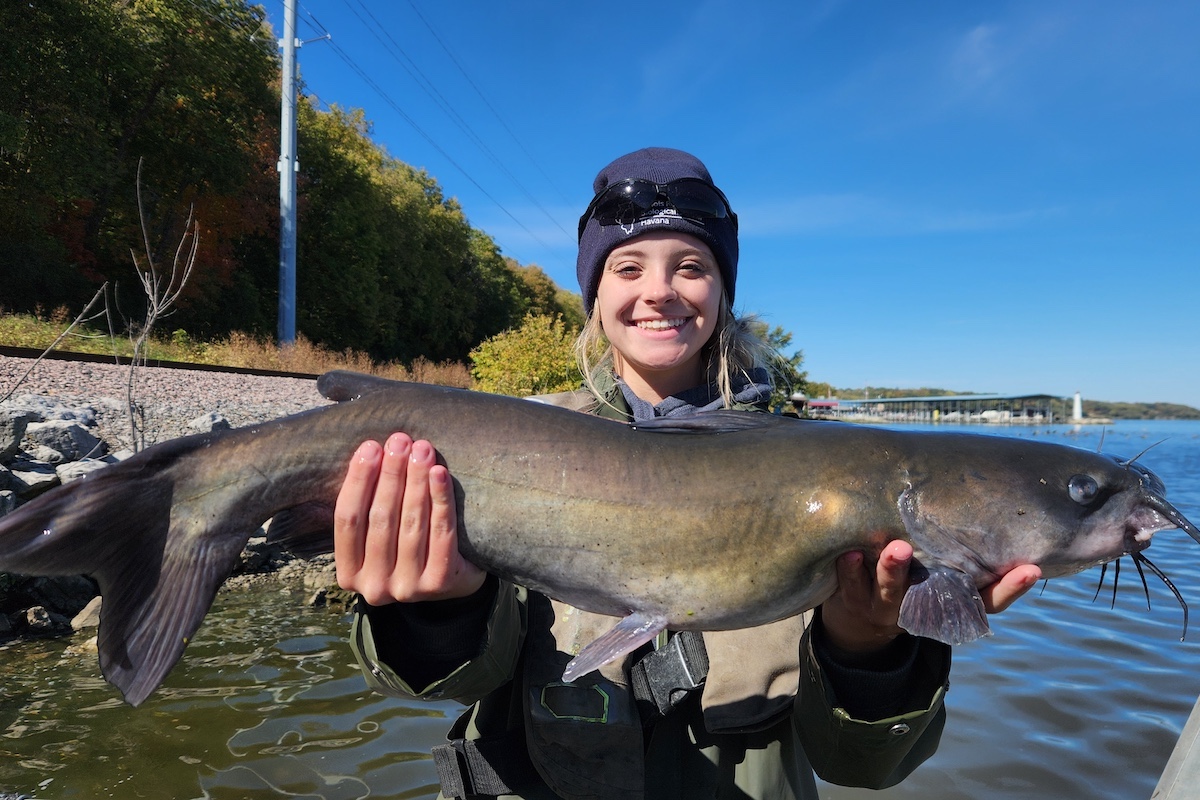
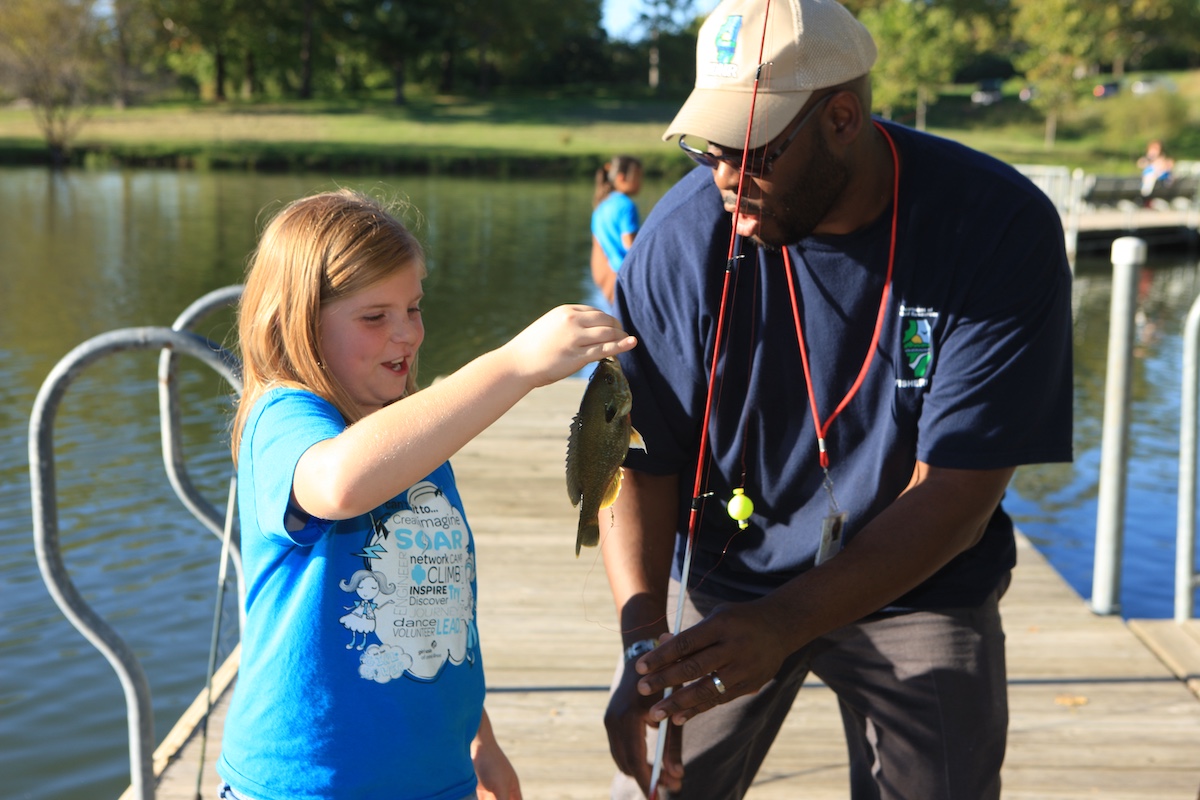
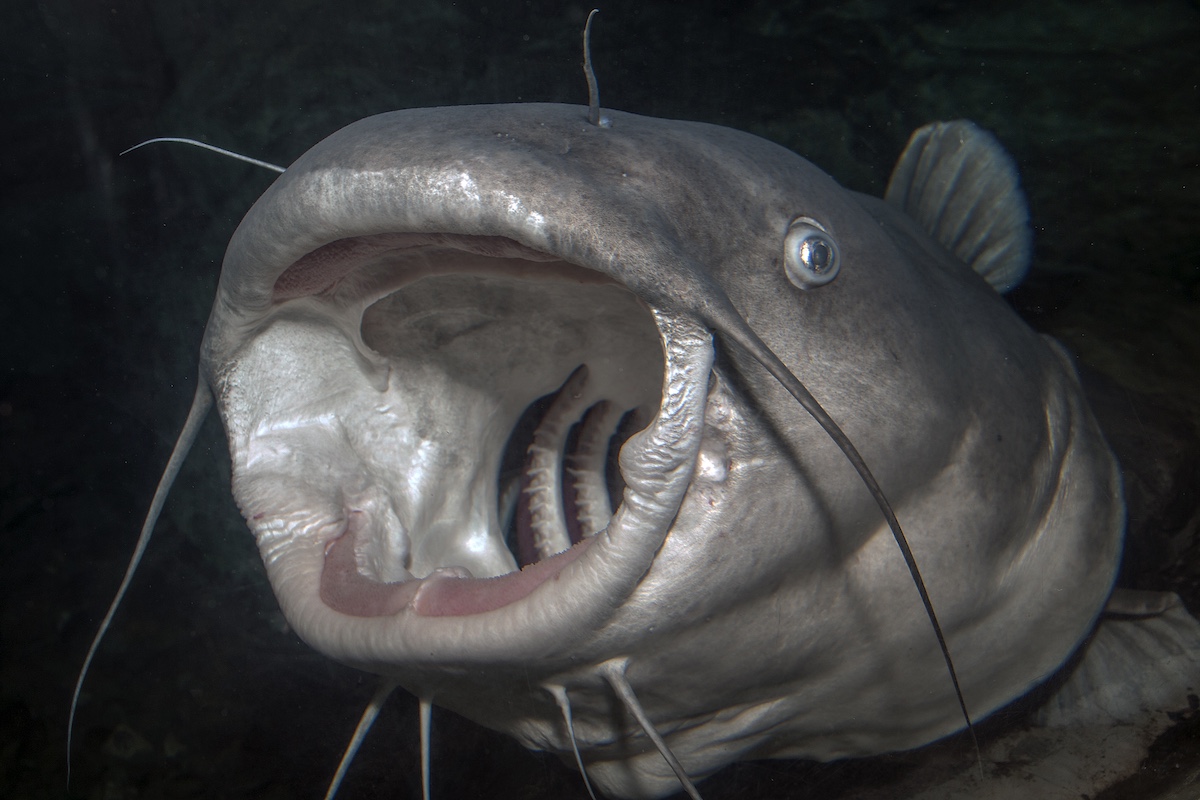
Submit a question for the author